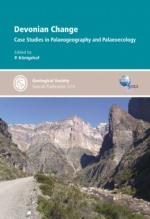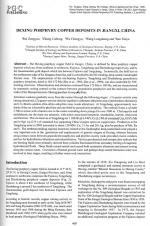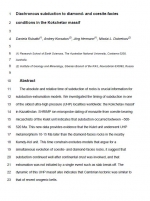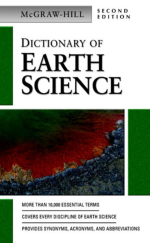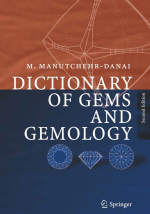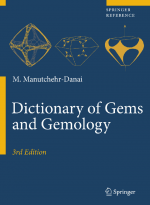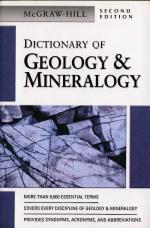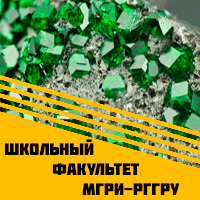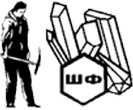The worldwide acceptance of the first edition of this book encouraged me to extensively revise and extend the second edition. The book was of value to readers of widely ranging interests as demonstrated by the letters received from scientists, students, mining engineers, editors of periodical papers and teachers.
This revision comes five years after the publication of the first edition. Many entries have been improved and now include new data. In total it includes about 25 000 entries, 1 500 graphic figures and 42 tables.
The first edition was criticized by readers who felt that some entries were not related to respective materials: but I would like to emphasize that many minerals are described in the form of references necessary for determining other gemstone materials.
In this edition chapters on light, color and colorant are dealt with in more depth, a large section introduces new terms applying to these areas.
If you have criticisms or suggestions please feel free to contact the author.


